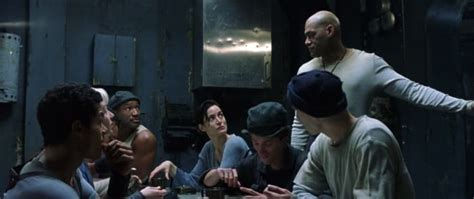About the Author

This website represents the culmination of my time at the University of Texas at Austin receiving my Masters in Media Studies.
I first began to take an interest in machine-human interactions and relationships in Dr. Sharon Strover's "Communication, Technology, and Culture" class, where I was first introduced to the digital influencer Lil Miquela. Miquela was the start of my thinking about the ways that we integrate machines and technology into our daily lives. In following this line of enquiry, I found myself contemplating the way that in taking a recuperative stance toward technology, and in looking at our images of machines and tech through a queer lens, can reveal new modes of being in the world. I found myself transfixed by the ways that these creations are frequently the backdrop that allow humans a way to imagine a different world and a different self. More often than not, these imaginings take on a distinctly counter-hegemonic sensibility.
Halfway through “Communication, Technology, and Culture” (Spring 2020), the COVID-19 pandemic forced us into remote online courses. I’m writing this section on the one-year anniversary of the World Health Organization declaring a worldwide pandemic. Since then, I’ve completed the majority of my Masters remotely.

Temporal inconstancy aboard the Nebuchadnezzar
Aboard the Nebuchadnezzar, the crew members consistently slip between different temporalities and their unique constructions of fantasy and reality—so much so that the lines become blurred for the audience. In the real world, completely unrecognizable to the audience, the crew is
hunted by searcher drones. When inside the Matrix, the resistance fights, suspend themselves in midair, and move at the speed of the programs, among other feats. Due to this, both locations fluctuate between these realities and the temporalities inherent within them.
The Nebuchadnezzar is a temporally queer place for three reasons;
-
It is a site where the members of the resistance learn to survive
-
It is the location where members can plug themselves into the Matrix or train in the Construct
-
It is a site where the members of the ship care for each other outside of the construction of a normative family.
The Construct and Queer Pedagogy
After regaining his senses and the ability to walk, Morpheus plugs Neo into “the Construct,” the loading program that the resistance uses as a training ground and armory. In doing so, Morpheus brings Neo into a site of queer pedagogy, or learning.
This is the first moment that Neo willingly interacts with, and physically interfaces with a machine. In following Morpheus into a “model of a real without origin or reality” (Baudrillard 1), Neo once again occupies a queer temporality. Not only is Neo in a site of queer pedagogy, ready to learn about the fate of humankind at the hands of the machines, he learns how to survive in this new world. In keeping with my overall argument concerning humans and interfacing with machines, Neo is only able to gain access to this place and knowledge by plugging himself into a machine (courtesy of the port at the base of his head).
Upon Neo’s incredulity at currently occupying a computer program, Morpheus forces Neo to take note of how his hair has grown back and that the plugs in his arms and head are gone. As Neo realizes that what Morpheus says is true he struggles against his “conceptualization of [his] body...structured by linear time” (193). A realm of possibilities are beginning to unfold themselves in front of Neo. Neo and Morpheus revisit the training program a number of times throughout The Matrix. It is where Neo learns to expand his abilities and embrace himself and his difference.
While the temporalities between the Matrix and the Nebuchadnezzar/the Construct intertwine, they all embody some aspect of a queer temporality—an approach to living outside of the heterosexual norm. Most importantly, the Nebuchadnezzar houses a community of people that “opt to live outside of reproductive and familial time, as well as on the edges of logics of labor and production” (In a Queer Time and Place: Transgender Bodies, Subcultural Lives 10). Onboard the Nebuchadnezzar, reproductive and familial time are nonexistent. When he accepted his place aboard the Nebuchadnezzar, Neo, along with the other members of the crew, further positioned himself as a queer subject outside of the claims of a linear heteronormative time understood by markers of marriage, child-rearing, and integration into a normative corporate workforce. Aside from these markers, he is physically outside of the hegemonic control and discipline of the machines as they reign over others still connected into the Matrix.
The iconic scene where Neo fully unlocks his powers. This is after being shot by Agent Smith and brought back to life by Trinity.
 Queer Temporality in the Matrix |
|---|
 Building a Queer Body |
 Back to the Matrix Entrance Page |